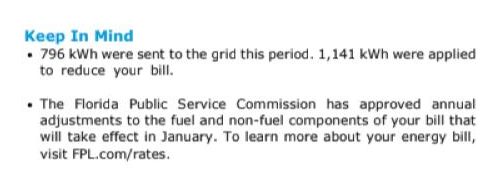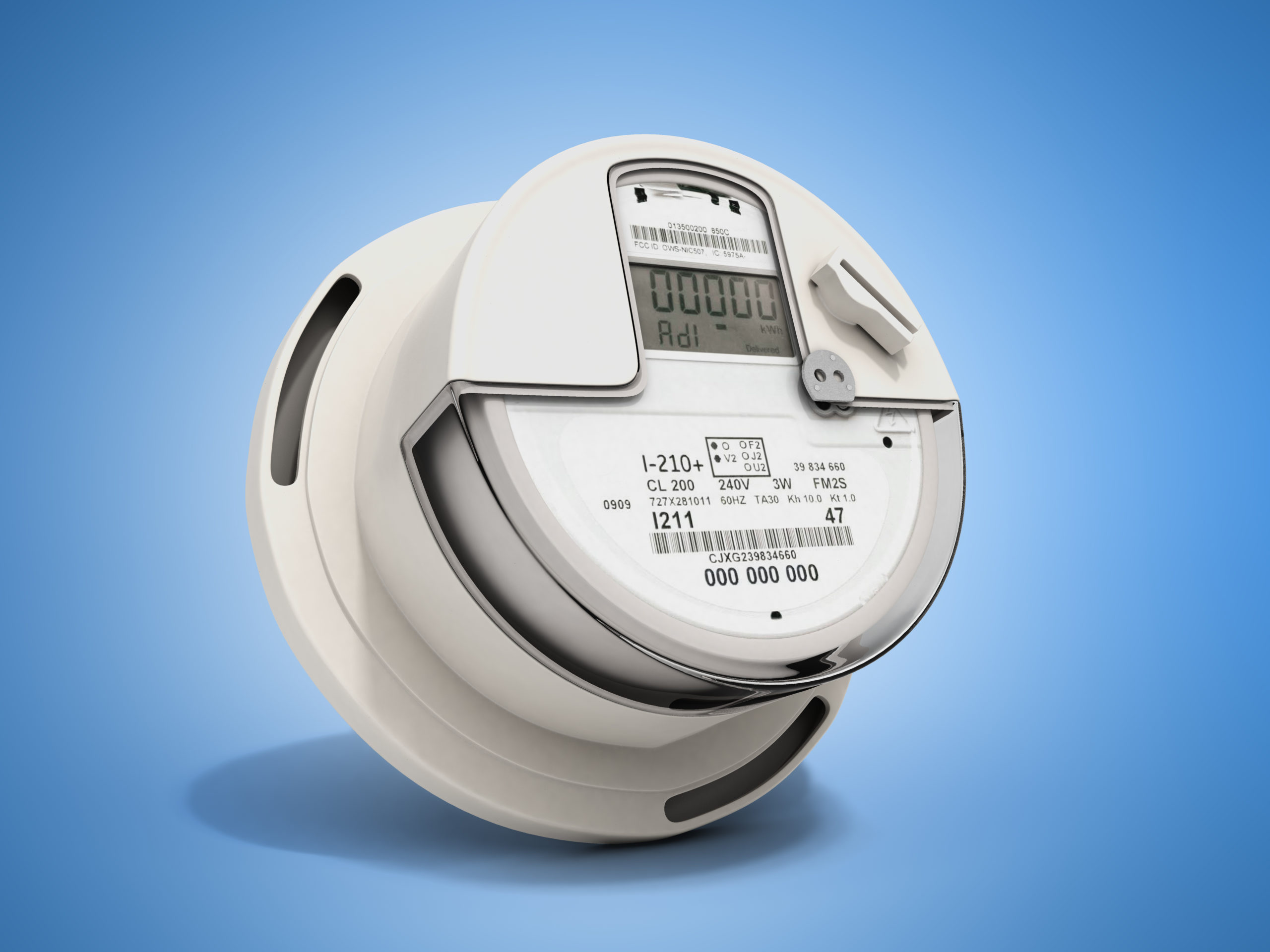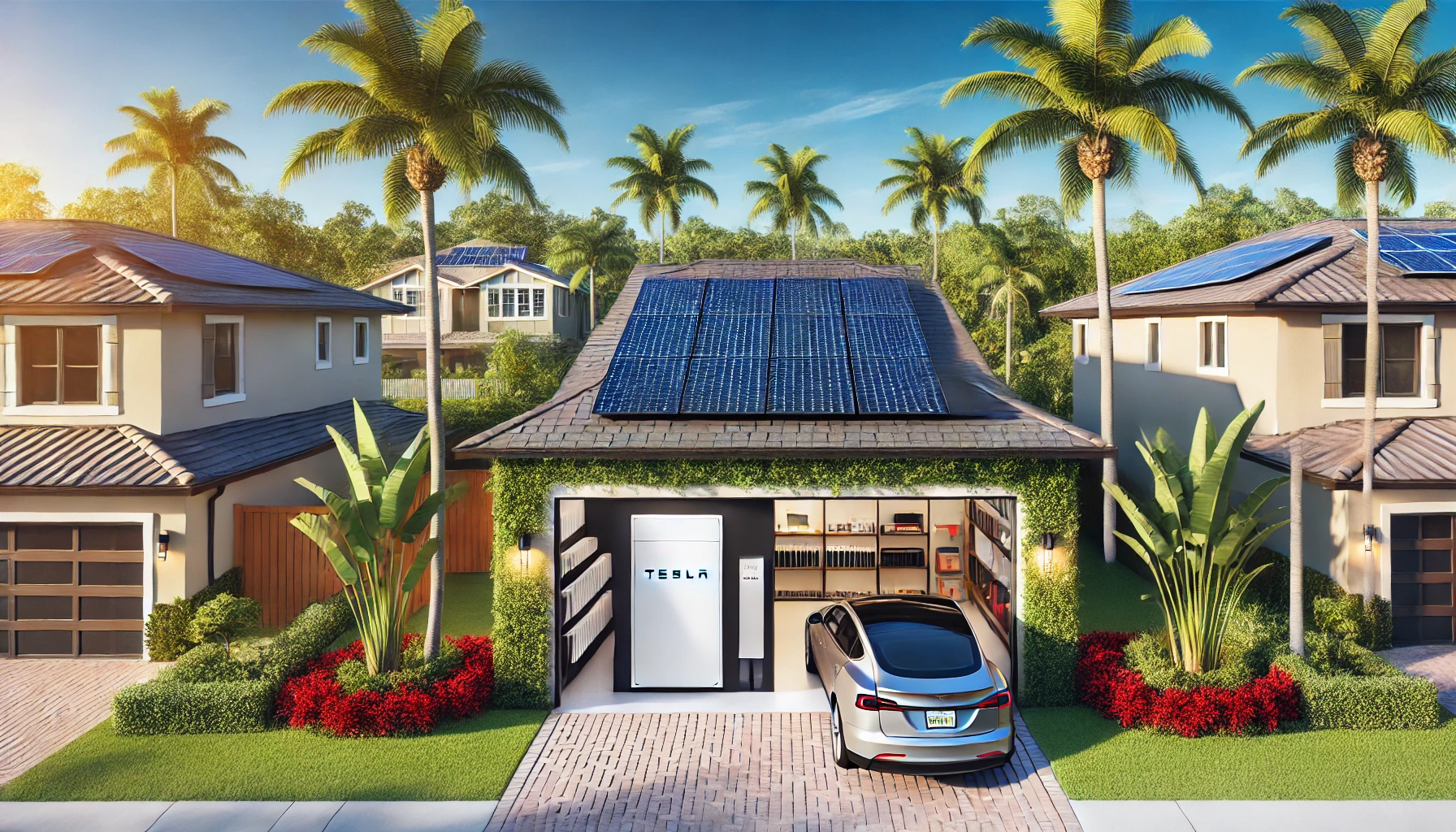Most people love getting their utility bill when it reads $8 or even $100, depending on when they started. However, it can be confusing once you read the bill, especially if you have solar monitoring to check your solar energy production.
Typical grid-tied solar energy installations are installed (interconnected) behind the utility meter. There are some exceptions like Supply Side Interconnection Programs or Feed-In Tariffs, but most U.S. rooftop solar is installed through net-metering programs behind the utility meter.
Behind the utility meter refers to your side of the customer meter. This is where all of your household appliances are located, including your refrigerator, television, cable box, and all other items down to your mobile device charger.
This is important to understand because anything that happens behind the meter is none of your utilities business, and they can’t see what’s happening.
This means that when your solar panels are generating energy during the day, and you use that energy to run your dishwasher, the utility doesn’t know the difference between your solar system supplying you the energy you are using or you not being home since you aren’t using their energy.
They only count kWh or units of energy that pass through the utility meter to your side or with net metering from your side to them. If all of the kWh stays safely and comfortably on your side of the meter, the utility doesn’t know what is happening in your house — and for many people, that’s a good thing.
This ongoing activity is reflected in your utility usage as well as your bill. When you get your bill, and you see the energy usage is way down, for this example, let’s say $0 kWh used. That usually makes people excited. However, once you look at the energy that you exported to the grid, you might be shocked to find that number was only 100 kWh for the month.
The immediate reaction is to think that your solar only made a small amount of energy. However, if your solar wasn’t working, you would have a much higher energy bill.

You can see that the utility bill shows usage and exports. However, this customer’s solar energy system produces much more energy than 1,200 kWh in February, over 2000 kWh to be exact. So in this example the February exports do not match the total energy made.

On the energy bill, many utilities with Advanced Meters will put your monthly exports on the bill in total and let you know how many of those kWh you also bought back. Meaning, yes, you exported energy to the grid, but at night you consumed energy. The energy that you consume first is the energy you send back to the grid.
Furthermore, if you have any net excess generation leftover, those kWh will typically roll over to the next month, depending on the utility program. This is the same as how roll-over minutes used to work on old, legacy mobile phone plans. This is the typical way net-metering works.
See this paragraph which describes the energy sent to the grid, but previous net-metered kWh were also used to lower the bill. If there were more energy credits or kWh leftover in their account, they would be reflected here as well.

Net metering provides you with the full value of the kWh you sent back to the grid to be used toward future energy consumption.
Understanding your solar energy production and household consumption are different.
Again, this is a common misconception that the utility knows everything about your solar energy production, and it would appear on your bill. It is easy to jump to the conclusion that either your solar is not producing properly or your utility is not reading the meter correctly. This is almost always not the case.
If your solar energy system was not capable of monitoring how much energy your house used accurately (consumption metering), the easy way to know how much energy you used is to add your solar kWh to your remaining energy consumption or the amount of kWh that were taken from your bank to reduce your bill.
If you are getting a bill greater than 0kWh Used
Solar Production + kWh Billed from the utility + kWh used out of your bank of kWh = Total Usage.
If you are getting a bill of 0 kWh Used
Solar Production + 0 kWh Used + kWh used out of your bank to reduce your bill – kWh carried over.
Main Takeaways:
- Your utility cannot see ALL of the power your solar system is generating. They can only SEE and READ how much energy you send back to the grid.
- If you have any net excess generation leftover, those kWh will typically roll over to the next month, depending on the utility program.
- Give your utility bill about two billing cycles to see the full benefit.
- If your solar was turned on (PTO) in the middle of your billing cycle, your savings would only be partially reflected.
Further Reading & Resources





